CARBONIC MACERATION
In my previous blog post, I discussed some points on COFFEE FERMENTATION. Elkin Guzman from Finca El Mirador in Pitalito, Huila, Colombia who is world-wide known for his experimentation with different fermentation processes and he has given us access to the technicalities behind his art.
Elkin Guzman has been recognized as one of the best producers of Colombia in the last decade. He is passionate, scientific, a coffee lover, and very strict in his processes.
Elkin and José from Café 1959 have decided to work together, and they have created the heat and cold process. They have applied this process to different coffees grown at El Mirador estate (Elkin Family’s Farm).
Sabores has teamed-up with both Elkin and José and we are bringing to South Africa in 2020 three different varieties of exotic Colombian coffees which have undergone this interesting combined fermentation process. We are committed to our goal of innovating in the specialty and exotic coffees available to South African roasters.
To summarize on fermentation, there are both wet fermentation and dry fermentation processes.
Wet fermentation occurs during the Washed Process where coffee beans are washed and left in water for the fermentation process.
Dry Fermentation occurs during the Honey and Natural coffee processes where the fruit and skin are still intact with the bean while the beans are being dried. Fermentation happens then within the fruit due to the presence of water and sugar in the coffee cherries.
ANAEROBIC FERMENTATION AND CARBONIC MACERATION
The different fermentation processes depend on the presence or absence of oxygen. To recap, if the process occurs in the presence of oxygen, then we are talking about aerobic fermentation which usually occurs at the beginning of the fermentation process and is a short and more intense process. If it occurs in the absence of oxygen, then we are talking about anaerobic fermentation. This occurs in the fermentation vessel once the oxygen is discharged and replaced with N2, CO2, or another by-product of the fermentation process. Anaerobic fermentation is usually a slower process.
Carbonic Maceration and anaerobic fermentation are used interchangeably where no oxygen is present, but carbon dioxide is.
- Anaerobic – an environment with no oxygen present
- Carbonic – an environment rich in carbon dioxide
- Maceration – a broader term than fermentation, it refers to microbial metabolism
However, the difference in anaerobic fermentation and carbonic maceration is that in carbonic maceration the cherry is left intact, and with anaerobic fermentation, the beans are de-pulped before being placed in a sealed tank.
Carbonic Maceration is a fermentation process that has become very popular due to the unique flavours it produces.
THE CARBONIC MACERATION PROCESS
When talking about anaerobic fermentation or carbonic maceration, coffee farmers usually mean that they have created a sealed environment.
The first step is for the coffee cherries to be siphoned, which means that the low-density cherries or the “floaters”, are removed. The cherries are then placed in airtight tanks with a one-way valve. This is so that degassing can be filtered out, but no oxygen can enter the tanks. The tanks are moved indoors as this ensures easier temperature control.
The next step is to inject carbon dioxide into the tanks. The lack of oxygen in the cherries causes that the breaking down of sugar within the cherries is slower and the pH is lower which results in a less alcohol acidity.
The fluctuating levels of pressure in the tank creates different available sugars and pectins for the microbes to macerate.
It is important to document the pH, carbon dioxide levels, and temperature on a regular basis to ensure a controlled fermentation process and to replicate the same desired batches.
At El Mirador Farm, starting with heat in the fermentation, the reproduction of the micro-organisms in the anaerobic environment increases vastly and when the population of bacteria reaches the desired amount, the coffee is passed through a cold fermentation process, where it is carbonic macerated for 96 hours with the right population of micro-organisms whose fast reproduction has been stopped.
Carbonic maceration is a slow process and can take up to weeks. This is due to the skins of the cherries that are still left intact.
Once the fermentation process is completed, the coffee is fully washed with pure mountain water and then slow dried for approximately 18 days.
The drying process is slow to ensure the parchment on each cherry remains intact, thus protecting the incredible qualities developed in the beans.
Make sure you keep an eye on our website as we will be launching this exclusive exotic coffee line with some of Elkin’s coffees this year.
References
Elkin Guzman. Finca El Mirador. Pitalito, Huila, Colombia & José, Cafe1959.
Cafeculture.com. 2020. Sasa Returns | Cafe Culture. [online] Available at: <https://www.cafeculture.com/industry/industrynews/sasa-returns> [Accessed 2 June 2020].
Kornman, C., 2020. A Guide To Carbonic Maceration And Anaerobic Fermentation In Coffee. [online] Daily Coffee News by Roast Magazine. Available at: <https://dailycoffeenews.com/2019/06/03/a-guide-to-carbonic-maceration-and-anaerobic-fermentation-in-coffee/> [Accessed 2 June 2020].

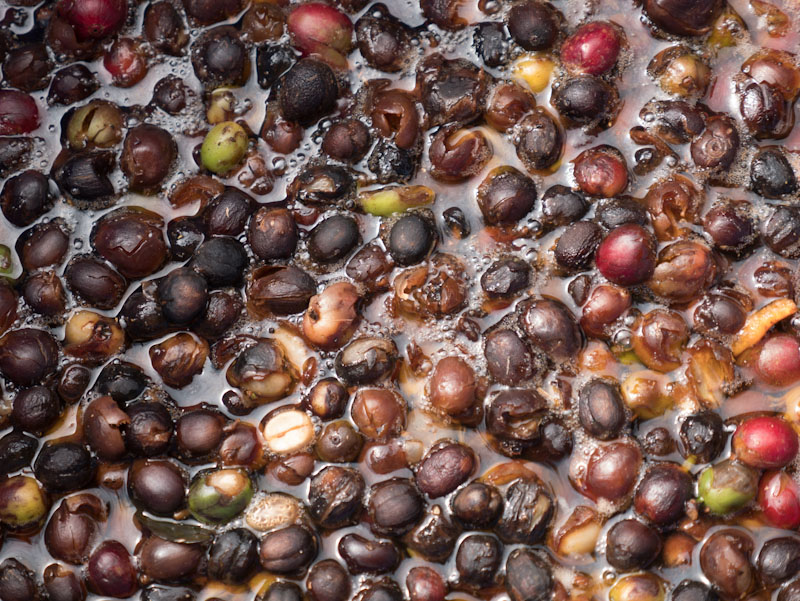
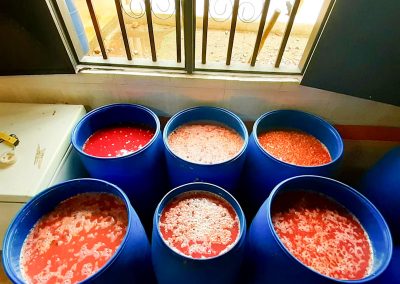
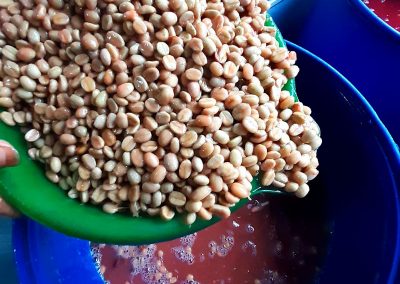
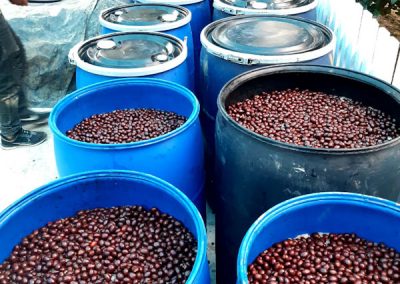
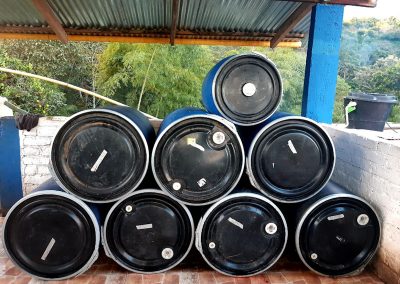
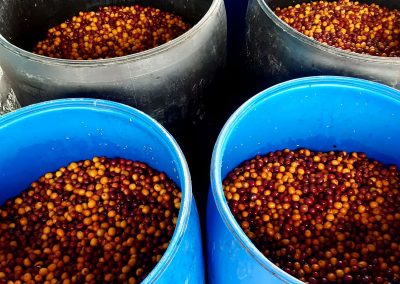
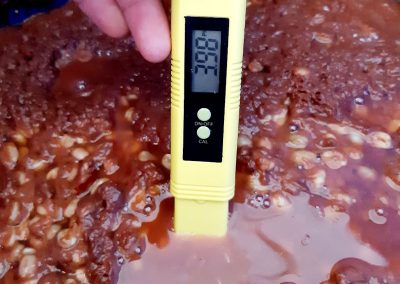
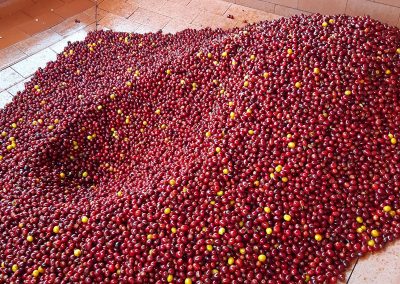
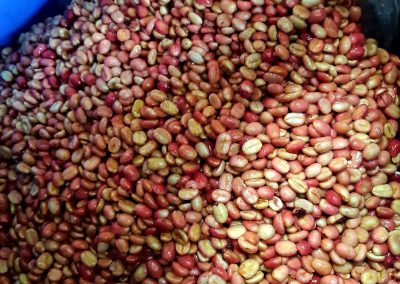
Recent Comments